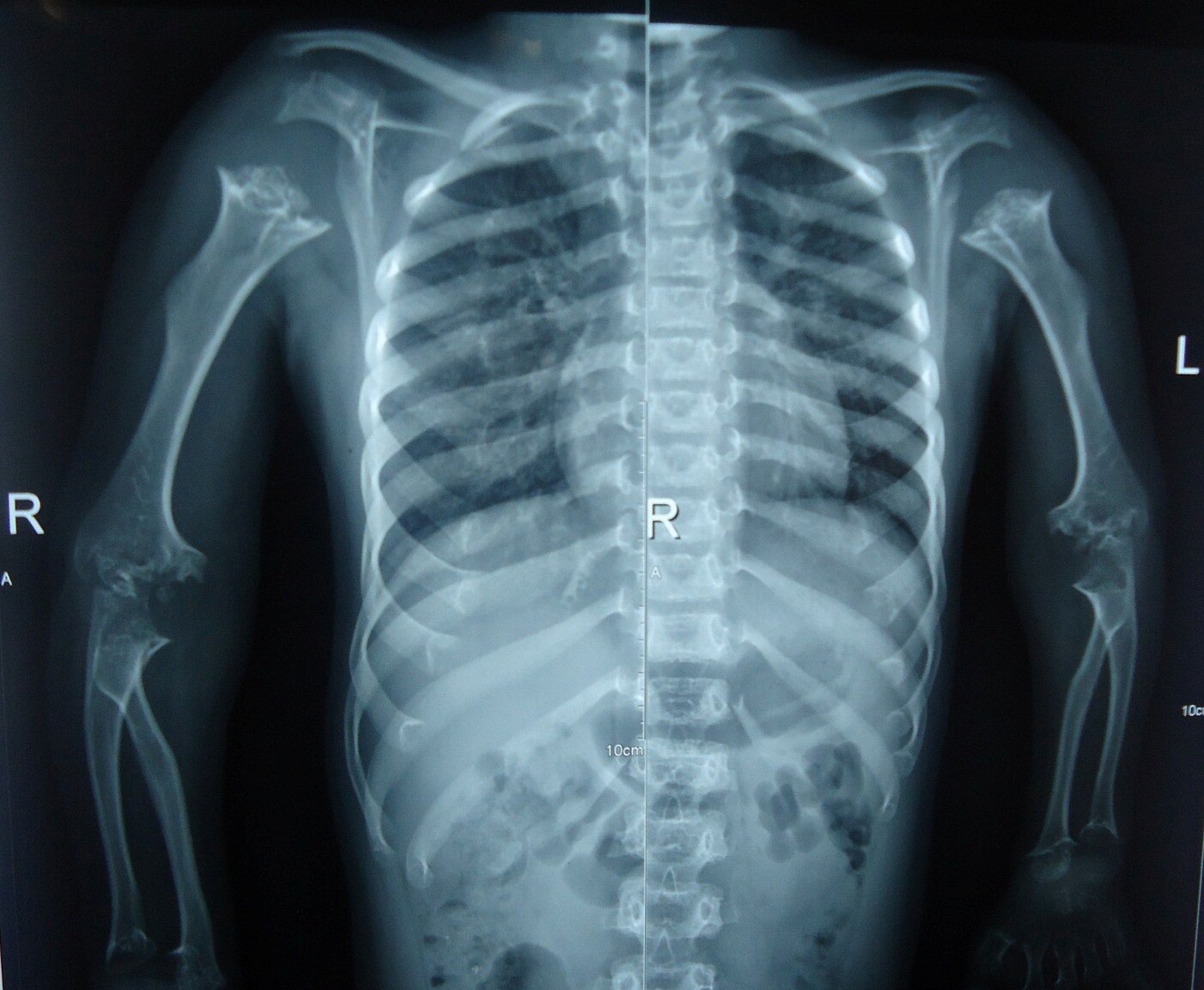
What is bone dysplasia? Bone dysplasia, also known as skeletal dysplasia or osteochondrodysplasia, refers to a group of over 400 disorders affecting bone and cartilage growth. These conditions often lead to short stature, disproportionate limbs, and other systemic issues. Affecting approximately 1 in 4000 to 5000 births, bone dysplasias can vary widely in severity. Some types, like achondroplasia, are nonlethal, while others, such as thanatophoric dysplasia, can be fatal. Most bone dysplasias result from genetic mutations, often inherited in an autosomal dominant pattern. Diagnosis typically involves clinical evaluation, radiographic imaging, and genetic testing. Although no cure exists, various treatments can improve quality of life.
Understanding Bone Dysplasia
Bone dysplasias, also known as skeletal dysplasias or osteochondrodysplasias, are a group of disorders that affect the development and growth of bones and cartilage. These conditions can lead to a variety of skeletal abnormalities and other systemic complications. Here are some key facts to help you understand bone dysplasia better.
-
Definition and Classification: Bone dysplasias encompass over 400 distinct conditions, each with unique clinical and molecular characteristics. They are classified based on clinical, radiographic, and molecular criteria.
-
Prevalence: The incidence of skeletal dysplasias is about 1 in every 4000 to 5000 births. This number might be higher due to underdiagnosis, as some conditions only become apparent later in childhood.
Types and Genetic Basis
Bone dysplasias vary widely in their presentation and genetic causes. Understanding the different types and their genetic underpinnings is crucial for diagnosis and treatment.
-
Types of Bone Dysplasias: Common types include achondroplasia, osteogenesis imperfecta, thanatophoric dysplasia, and achondrogenesis. Achondroplasia is the most common nonlethal form, while thanatophoric dysplasia and achondrogenesis are often lethal.
-
Genetic Basis: Most bone dysplasias result from mutations in specific genes that are essential for bone and cartilage development, such as collagen proteins and fibroblast growth factor receptors (FGFRs).
-
Inheritance Patterns: Many bone dysplasias follow an autosomal dominant inheritance pattern, meaning one copy of the mutated gene can cause the condition. De novo mutations, which occur spontaneously, are also common.
Clinical Manifestations and Diagnosis
Bone dysplasias can present a wide range of symptoms and require a combination of clinical evaluation, radiographic findings, and molecular testing for diagnosis.
-
Clinical Manifestations: Symptoms can include short stature, disproportionate limbs, and various systemic complications like orthopedic, neurologic, auditory, visual, pulmonary, cardiac, renal, and psychological issues.
-
Radiographic Features: Radiographic findings are crucial for diagnosing bone dysplasias. These may show abnormalities in bone shape, size, and density, as well as changes in growth plates and epiphyseal regions.
-
Diagnostic Criteria: Diagnosis typically involves a combination of clinical evaluation, radiographic findings, and molecular testing. A detailed family history is also essential for diagnosing genetic conditions.
Molecular Mechanisms and Treatment
Understanding the molecular mechanisms behind bone dysplasias has led to better diagnostic tools and treatment options, although there is no cure for most conditions.
-
Molecular Mechanisms: The molecular mechanisms underlying bone dysplasias have been elucidated in many cases, leading to improved diagnostic tools and reproductive choices for affected families.
-
Treatment Options: While there is no cure for most bone dysplasias, various medical and surgical treatments can improve quality of life. These include orthopedic surgeries, physical therapy, and supportive care.
-
Prognosis: Prognosis varies widely. Some conditions are lethal in the neonatal period, while others may present later in childhood with short stature and other complications.
Common Skeletal Dysplasias
Some skeletal dysplasias are more common than others, each with its own set of characteristics and challenges.
-
Achondroplasia: The most common nonlethal form, characterized by short limbs and a relatively normal trunk.
-
Osteogenesis Imperfecta: Known for brittle bones and often associated with blue sclerae.
-
Thanatophoric Dysplasia: A lethal form characterized by severe skeletal abnormalities and often associated with respiratory distress.
-
Achondrogenesis: A lethal form characterized by severe shortening of the limbs and trunk.
Advances in Classification and Genetic Testing
Advancements in classification systems and genetic testing have significantly improved the diagnosis and management of bone dysplasias.
-
Classification Systems: The classification of bone dysplasias has evolved. The International Working Group on Bone Dysplasias proposed a revised nomenclature in 1997, grouping disorders based on recent etiopathogenetic information.
-
Genetic Testing: Genetic testing is crucial for diagnosing bone dysplasias. This includes targeted sequencing panels for non-invasive prenatal diagnosis and whole-genome reference panels to detect causative gene variants.
Epidemiology and Systemic Involvement
Bone dysplasias are more common than previously thought and can affect multiple systems beyond the skeletal system.
-
Epidemiology: Skeletal dysplasias represent about 5% of all congenital anomalies. The true incidence may be higher due to underdiagnosis, with an estimated prevalence of one case per 1000 inhabitants.
-
Lethal Skeletal Dysplasias: Lethal skeletal dysplasias occur in about 0.95 per 10,000 deliveries, often resulting in perinatal mortality due to severe respiratory and cardiac complications.
-
Systemic Involvement: Bone dysplasias can involve multiple systems beyond the skeletal system, including neurologic, respiratory, cardiac, renal, and psychological issues.
Final Thoughts on Bone Dysplasia
Bone dysplasias are a diverse group of over 400 conditions affecting bone and cartilage development. They range from common types like achondroplasia to rarer forms such as thanatophoric dysplasia. Most are genetic, often inherited in an autosomal dominant pattern, though spontaneous mutations can occur. These conditions can lead to short stature, disproportionate limbs, and various systemic complications. Diagnosis relies on clinical evaluation, radiographic findings, and genetic testing. While there's no cure, treatments like orthopedic surgery and physical therapy can improve quality of life. Advances in genetic research and diagnostic tools continue to enhance understanding and management of these disorders. Early diagnosis and appropriate care are crucial for better outcomes. Bone dysplasias, though complex, are increasingly manageable with modern medical advancements.
Was this page helpful?
Our commitment to delivering trustworthy and engaging content is at the heart of what we do. Each fact on our site is contributed by real users like you, bringing a wealth of diverse insights and information. To ensure the highest standards of accuracy and reliability, our dedicated editors meticulously review each submission. This process guarantees that the facts we share are not only fascinating but also credible. Trust in our commitment to quality and authenticity as you explore and learn with us.


